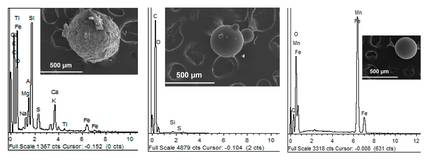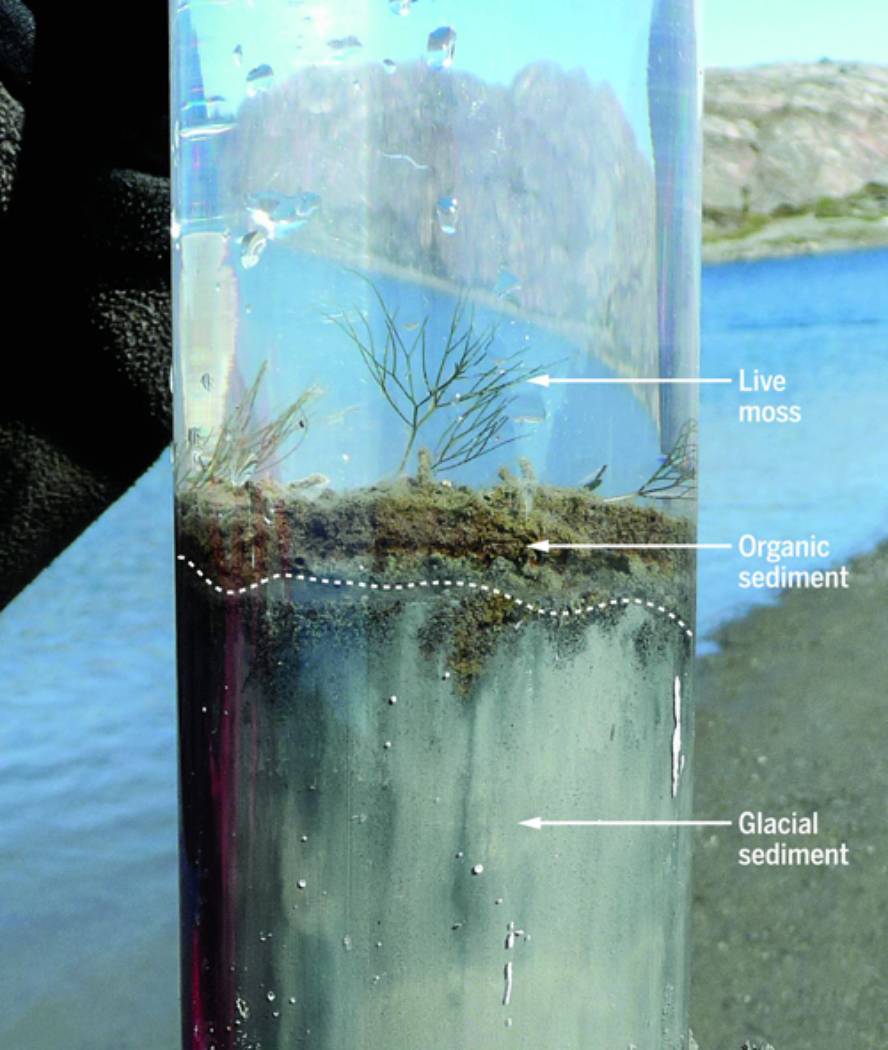Evidence is collected for the declaration of anthropocene as a geological epoch
Scientists have long tried to demonstrate that Anthropozene is an identifiable geological phenomenon in the geological register. The Anthropocene Working Group was created by researchers from around the world with a clear objective: to define this new geological stage. This summer they also have an important appointment: The final report will be presented at the International Geology Congress in South Africa.
The article in the journal Science has been signed by geologist Alejandro Cearreta, member of the Anthropocene Committee and researcher of the UPV and professor of Stratigraphy and Paleontology, among other researchers. Ceuta and the rest of geologists have compared the characteristics of the sedimentary record of the Anthropocene and of the official geological epoch that we lived in the last 11,700 years. According to the researchers, the Anthropocene is marked by the diffusion of new materials and has already left the stratigraphic layer of products of human origin in all the ecosystems of the planet, such as plastics, cement, aluminum and radioactive isotopes of nuclear weapons. Also markers of anthropocene are ash from burning hydrocarbons, high levels of nitrogen and phosphorus from fertilizers and pesticides, high greenhouse gas emissions and unprecedented global expansion of invasive species.

The beginning of the anthropocene has been subjected to numerous debates in recent years, from the beginning of the Neolithic, when human beings domesticated animals and began to use plants in their favor, to the American colonization, to other researchers who situate the beginning of the Anthropocene in the industrial revolution, until the outbreak of the first atomic bomb in 1945.
According to Alejandro Cearreta, “with this work, XX of all possible hypotheses that mark the beginning of the Anthropocene era. The Anthropocene Working Group has shown itself clearly in favor of the great acceleration of the mid-twentieth century, although it is not common to all members of the team.In the article of the journal Science has delved into this idea, which will be the proposal of the Anthropocene Team in its last report.”
Therefore, if the proposal were approved by the International Stratigraphy Committee, the explosion of the first nuclear bomb that has been launched throughout history was the beginning of many massacres, it would also be a new geological era.
If you want to know more about Alejandro Cearreta and the Anthropocene team, we attach the interview made last year by the magazine Elhuyar.







